The following minimal working example on my system (Python 3.5.3, matplotlib 2.0.2) leads to the image that follows the code snippet:
import matplotlib.ticker
from matplotlib import pyplot as plt
npts = [2.0, 4.0, 6.0, 8.0, 10.0, 12.0, 14.0, 16.0]
error = [0.0005650356236921, 1.9222448391e-06, 1.05166913e-08,
6.92182e-11, 5.029e-13, 3.8e-15, 4e-16, 2e-16]
fig1, ax1 = plt.subplots()
ax1.plot(npts, error , 'ro')
ax1.set_xscale('log')
ax1.set_yscale('log')
ax1.set_xticks(npts)
ax1.get_xaxis().set_major_formatter(matplotlib.ticker.ScalarFormatter())
plt.show()
Notice that the label 3 x 10^0 should not be there at all. Also, 2 and 4 labels have been overlapped by the unwanted 2 x 10^0 and 4 x 10^0 labels.
This does not happen if I make the plot "semilogy", by dropping the
ax1.set_xscale('log')
line, for example, as can be seen from the image below:

Why is this happening and how it can be resolved?
